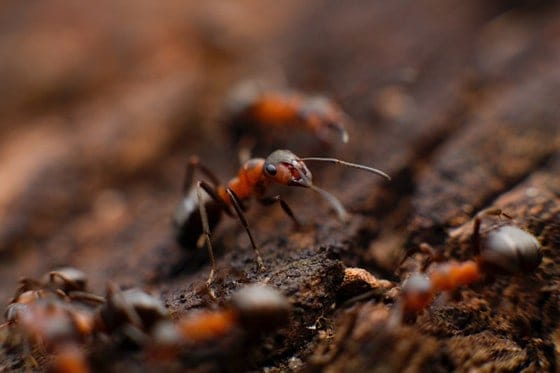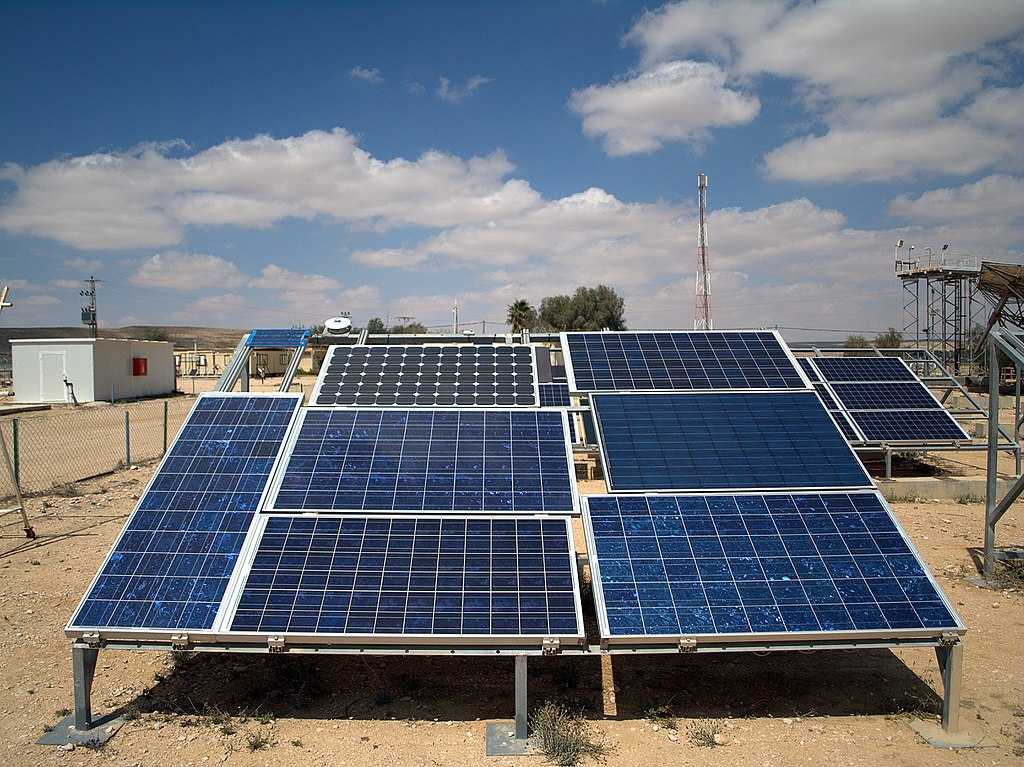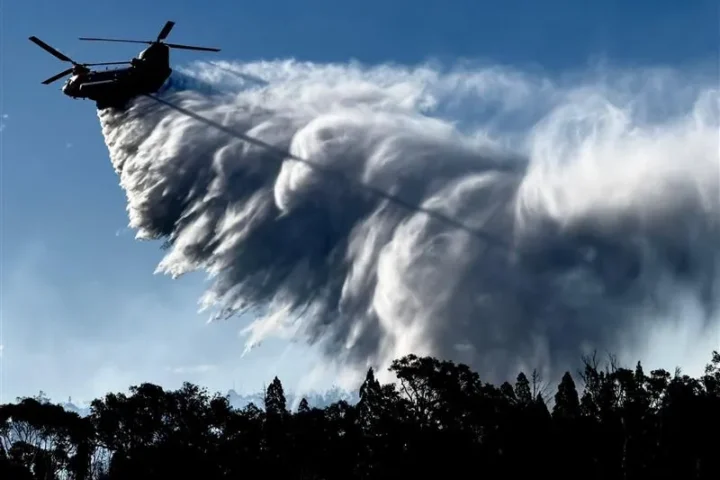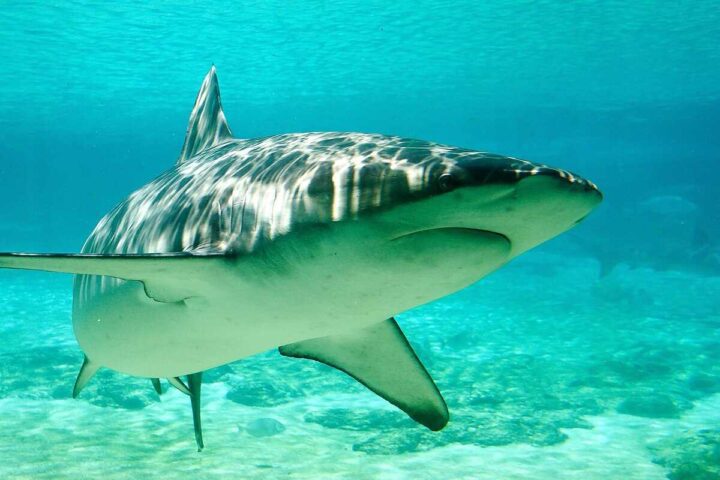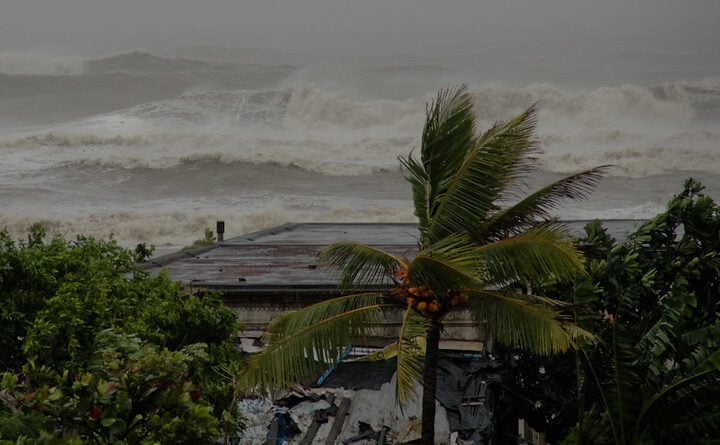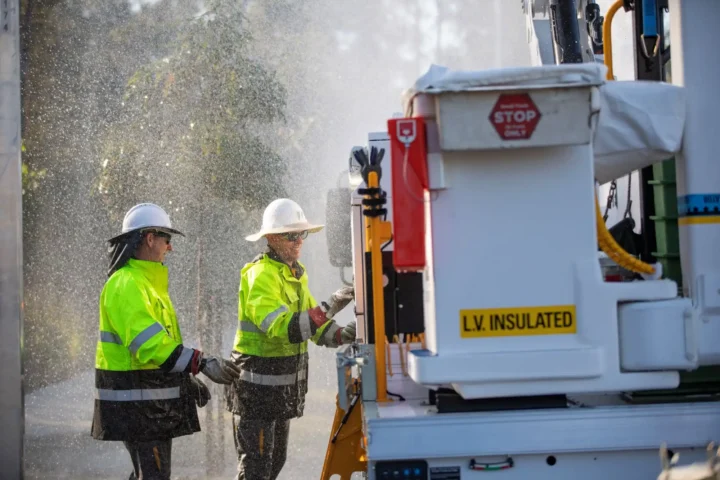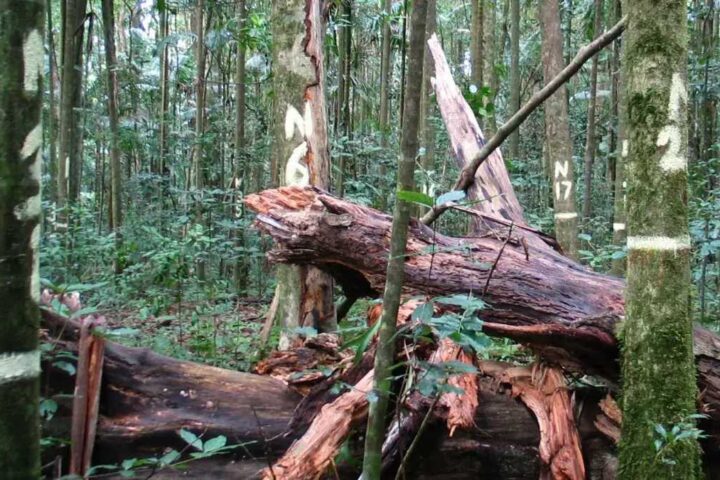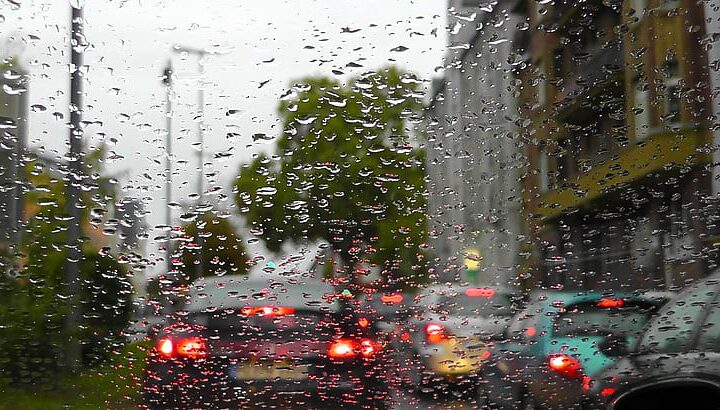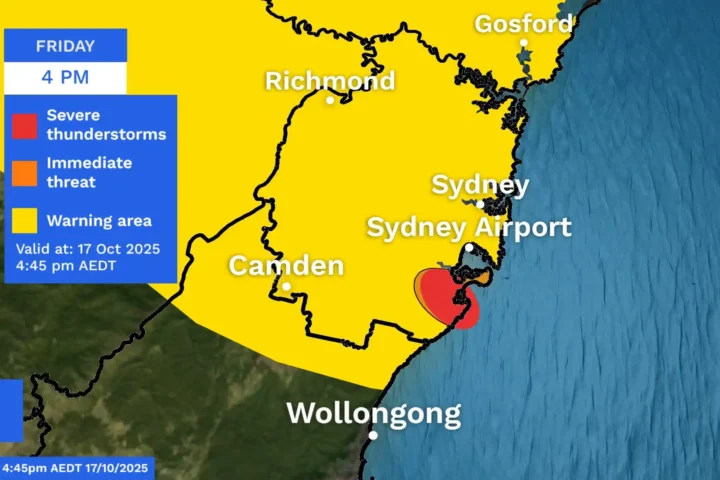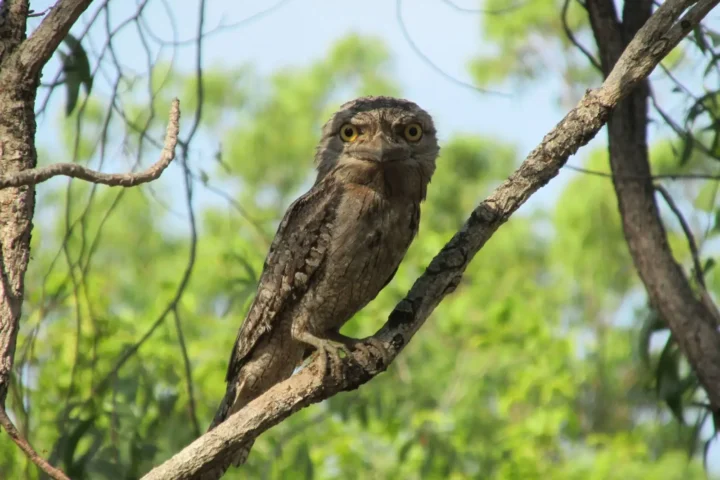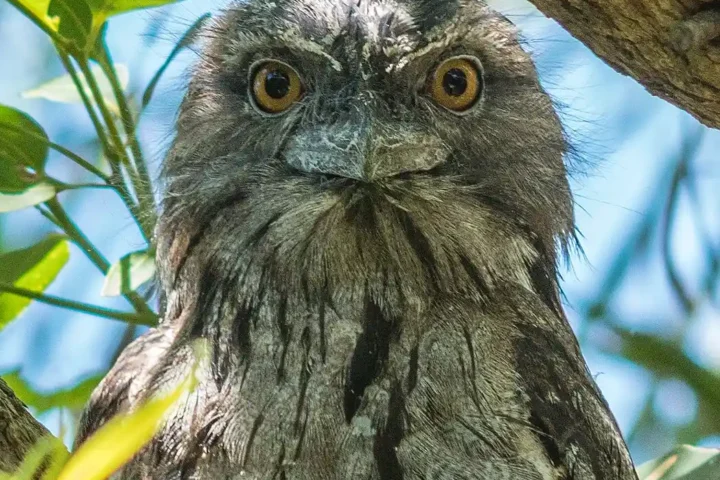Fire ants have spread to five mine sites in Central Queensland’s Bowen Basin, triggering calls for mining companies to cover cleanup costs rather than taxpayers. The discovery comes just six weeks after the invasive pest was first detected at BHP’s Broadmeadow Mine near Moranbah. The National Fire Ant Eradication Program (NFAEP) confirmed the ants arrived on pallets of bricks that had been stored on soil and transported more than 800 kilometers from southeast Queensland. Surveillance conducted between August 12-14 identified the new infestations in the Central Highlands and Isaac Council regions.
“This is a catastrophic breach – shipments from just one infested site have triggered a major regional outbreak,” said Reece Pianta, Advocacy Manager for the Invasive Species Council. “Every dollar and every drone we have should be focused on wiping out fire ants at the frontlines near Brisbane, not cleaning up after corporate carelessness.” The Invasive Species Council has called for the mining companies responsible to pay for the cleanup, comparing it to an oil spill. While acknowledging BHP “did the right thing” by reporting and supporting surveillance work, Pianta argues that taxpayers shouldn’t bear the financial burden.
Similar Posts
Fire ants pose a serious threat to Australia’s environment, economy, and public health. The invasive species can thrive in 97 percent of Australia’s environments and spread on virtually any material that touches the ground. If they become established across the country, experts warn fire ants could cost Australia more than $2 billion annually. The NFAEP used odor detection dogs to find the nests, which have been destroyed using “direct nest injection” with broadscale treatment applied to surrounding areas. The organization declined to reveal the names of all affected mines but confirmed ongoing containment efforts.
Tom Roberts, NFAEP’s Director of Specialist Operations, emphasized that eradicating the pest is a “shared community responsibility” requiring industry cooperation. “I encourage everyone sourcing equipment or materials that can carry fire ants from within fire ant biosecurity zones to ensure their suppliers follow fire ant safe-practices,” he said. Fire ants were first detected in southeast Queensland in 2001, with a nationally cost-shared program aiming to eradicate the pest by 2032. The ants can inflict painful stings on humans and animals, potentially causing severe allergic reactions. According to national allergy bodies, if the species became endemic in Australia, approximately 174,000 people could develop severe allergic reactions.
The Invasive Species Council noted that while bricks aren’t usually carriers for fire ants, they became contaminated when stored on soil. Pianta warned that even though the nests detected so far appear weak, eradication will still be “costly and resource-intensive.” BHP has been contacted for comment regarding the outbreak and calls for financial responsibility.
